Paris dishes out one surprise after another.
If you're a diehard explorer -- on the prowl for something
a bit off the grid -- you've come to the right city.
In a world that sometimes feels too predictable,
Paris is an eye-opening kick in the pants.
It's all about searching for experiences that offer complexity & contrast
from what you've previously encountered.
While true, Paris doesn't need a reboot -- it's resoundingly SPECTACULAR -- it
remains an awful lot of fun to plan a day with striking dissimilarities.
Satisfy the madcap Marco-Polo-fortune-hunter in you and look for
a couple of adventures that exist on two completely different planets.
Just in case you think museums are a ho-hum activity, try this on for size.
Let's start with the Maison Européenne de la Photographie (MEP for short).
I arrived expecting a mash-up of Doisneau and Brassaï-like photographs of Paris.* Instead, I got this (!!!) -- a zhoozhed up gallery of Moroccan pop art -- witty,
playful, passionate and totally unexpected.
*obviously, I hadn't done my homework; MEP changes its exhibitions much like
the earth changes its seasons, proving once again variety is the spice of life.
"The greatest value of a picture is when it forces us
to notice what we never expected to see."
John Tukey, American mathematician
artist is lovingly called "the Andy Warhol of Marrakech".
His work has been featured all around the world.
This was my first taste of something really special.
What a spectacle!
Eye-popping colors and street style swagger greet you at the door.
The unexpected pleasure of looking at this fresh take
on Islamic fashion was an exquisite revelation.
And isn't that what makes Paris so special...always a surprise every minute.
Hassan Hajjaj is a designer/filmmaker/photographer/style-maker.
And if that isn't enough, he makes you jump out of your "safe" spot.
Challenging stereotypes, instead of traditional Islamic abayas and tunics,
Hajjaj's passion for fashion jazzes up traditional modest Islamic attire
with playful styles that shake up preconceived expectations.
The accessories alone were worth the trip.
Grace Kelly's scarf and Her Royal Majesty's hats don't seem quite as profound
when you get a look at some of Hajjaj's socks, sunglasses and shoes.
Veiled women as Hell's Angels?
Well, not quite -- but still, a picture worth a thousand words.
A can of peaches will never look quite the same....
Hassan Hajjaj never offers what you expect; and that seems to be the point.
So if you're longing for something different, keep
your eyes open for museums and galleries like this.
Though exhibits change frequently, you're likely to find this type
of fun and adventure in artistically-aware Paris.
Though you can't take it home in your suitcase, the influence remains.
Fear of the unknown.
We've seen and lived enough of that for one lifetime.
Anxiety -- even when it comes to art -- comes from this phobia.
Curiosity and positive expectations tamp down this fear.
Allow yourself to feel uncomfortable -- and look for a new style of art.
"Life begins at the end of your comfort zone."
Neale Donald Walsch, American author
a 380-degree turn to a softer, more conventional period of Paris art history?
No surprises here -- but still a full measure of satisfaction.
La Musée de la Vie Romantique (Museum of Romantic Life) offers
a warm bubble bath of societal norms from the 19th century.
Distinguished -- admittedly a bit solemn -- it's rooted in classic old-world style.
I'll happily confess, there are days I don't want to be original or excitable.
I crave the tried and true.
In moments like these, la Musée de la Vie Romantique is the perfect distraction.
No merry-go-round ride, no hoopla, just a little R&R
dressed up the way Paris knows best.
This museum-mansion embodies 19th century French Romanticism.
No, I'm not talking champagne and flowers romantic here.
The Romantic Period was a literary and artistic
movement that emerged in the late 18th century.
Looking through today's eyes, the movement appears rather sedate,
but from 1800-1850, it was considered new and exotic -- a sea change
of trendsetting new ideas advanced by many of the
most accomplished talents in the city.
During that period, followers were feverishly interested in
cultural and intellectual pursuits -- music, art, and writing.
They gathered in drawing rooms (such as this mansion) to discuss topics
ranging from coin collecting to botany to polite society and artistic ideals.
Everyone who was anyone came to the mansion
to discuss music and poetry, art and literature.
Names like Delacroix, Liszt, Chopin, Rossini and Sand made the rounds
in this little mansion in Paris' 9th Arrondissement.
but we all know her by her pen name, George Sand.
She was one of the all time most notable writers in France.
Her writing questioned social norms -- particularly
social conventions that enslaved a woman to her marriage.
George Sand best loved novels promoted the idea
that love conquers all, convention be damned.
She enjoyed several liaisons most notably with a (younger) Frederic Chopin.
The lovers eventually parted but remain forever linked in romantic lore,
two supremely talented people fated to find each other in the
Romantic Movement's most important salon in Paris.
"Life resembles a novel more often than novels resemble life."
George Sand
Artwork, wallpaper and ambience combine for just the right effect.
Furniture, jewelry, drawings and watercolors evoke the fashion of the day
in the neighborhood known as Nouvelle Athènes (New Athens).
The property was built in 1830 by an artist who became
one of the great leaders of the Romantic movement.
Ary Scheffer, a Dutch-French artist, painted many of the
pieces you'll find hanging on the walls of the museum.
Famous literary and religious icons were featured,
including a good assortment of influential people of the day.
Lord Byron and Danté were among his favorites.
He hosted many Friday evening salons where educated, engaging
creative types -- ranging from George Sand to Charles Dickens -- came
to make polite conversation and elegantly debate their prevailing point of view.
You can exert your own POV in the little garden-café,
a welcoming respite from the busy city.
It's a good spot to reflect on 19th century society
where conversation and inspiration were complex and riveting.
The Museum of Romantic Life brings an unabashed note of sentimental
to a world where most human interactions fall in-between hair salons,
wine-tastings, long commutes and Zoom calls -- all places we converse with
our peers but without the exceptional je ne sais quoi and artistic magnificence.
It's about letting the unexpected happen.
And finding things you never searched for."
Abhishek Tiwari, writer
Paris offers every nuance of unique perspective.
From a witty & insightful array of unforgettable images --
Maison Européenne de la Photographie -- to the old-school atmospheric
showcase of 19th century artists -- Musée de la Vie Romantic -- a day
in Paris is something you won't soon forget.
Get your Paris on -- where you've come to expect the unexpected.






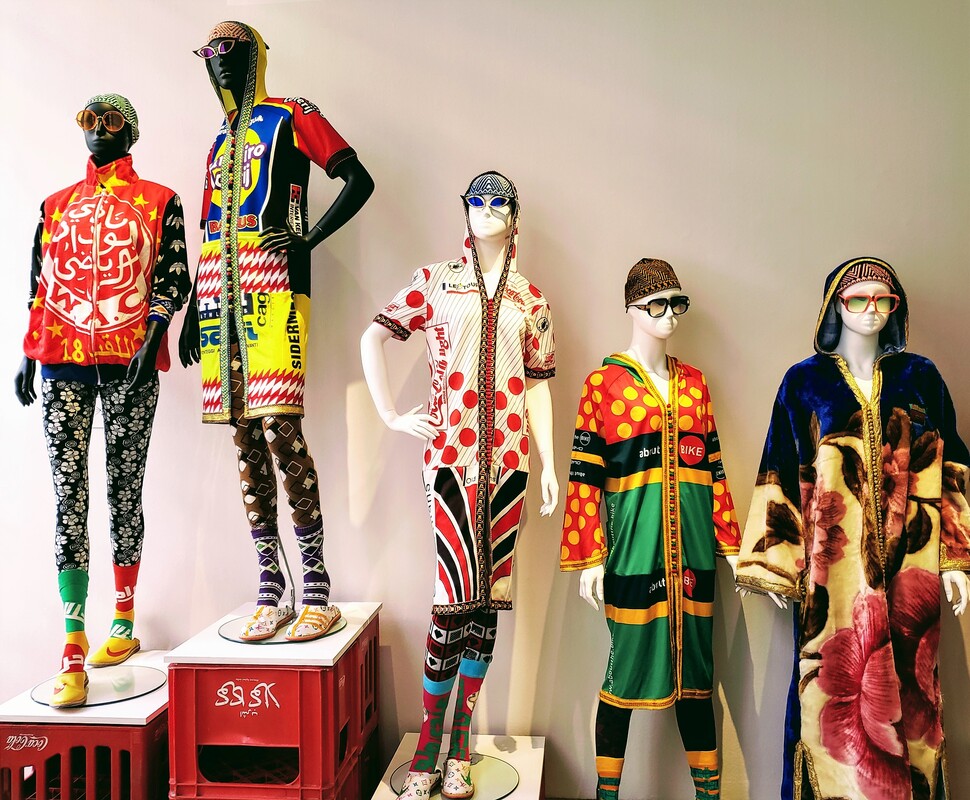
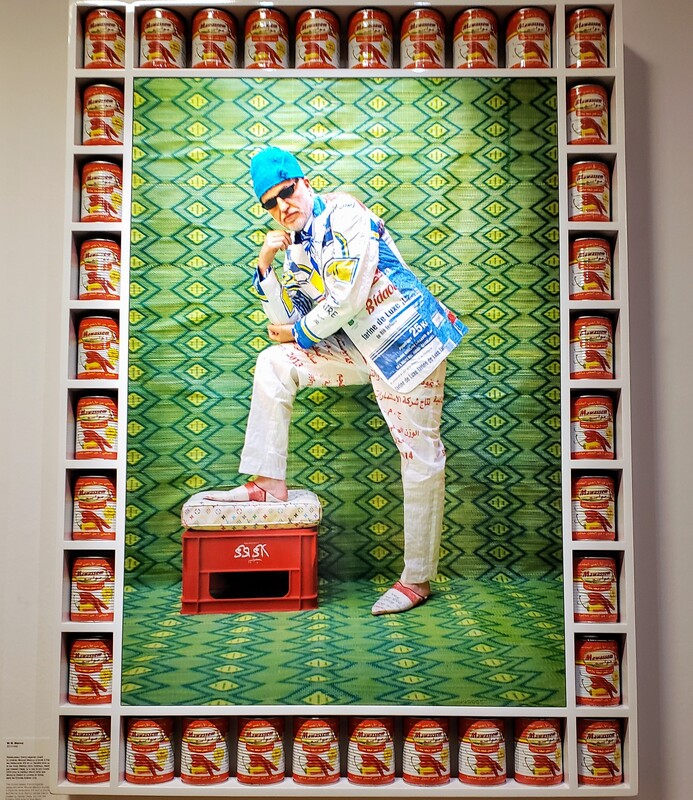

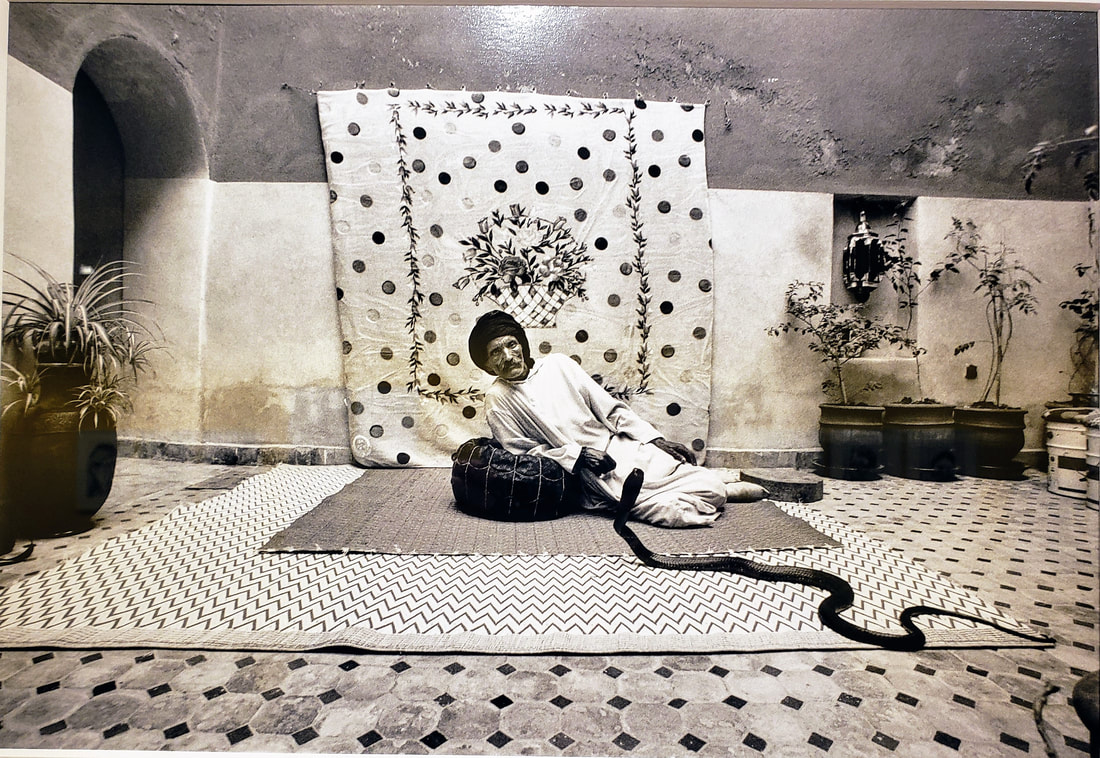
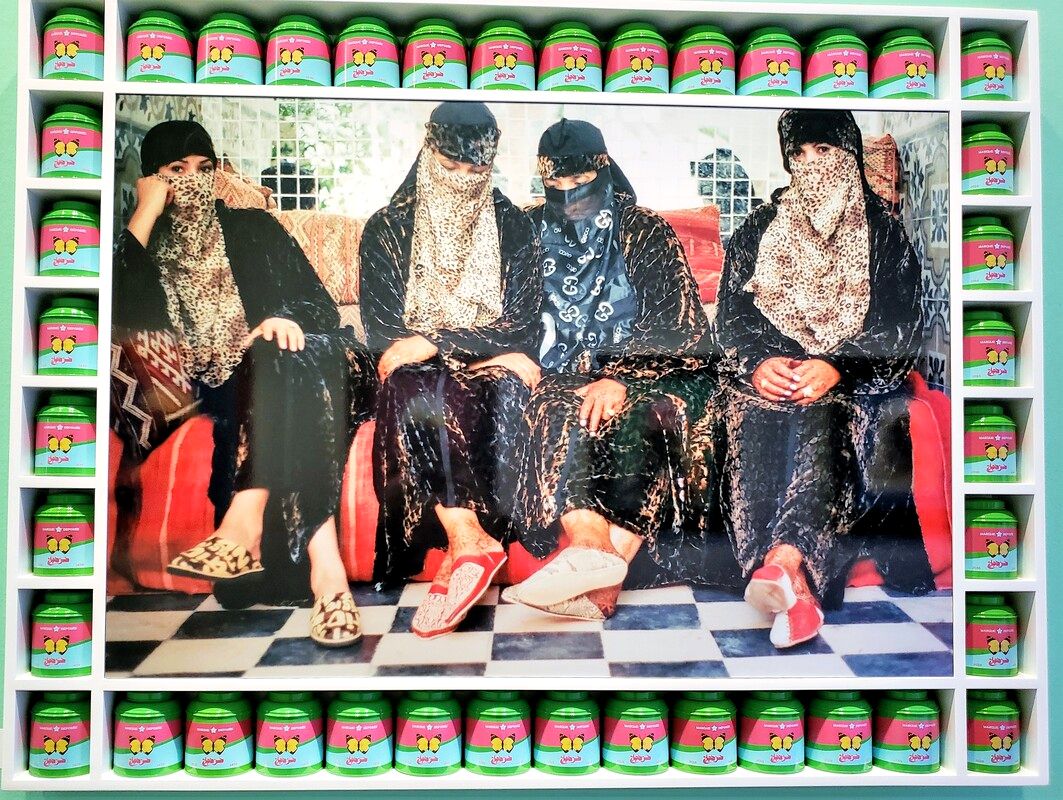


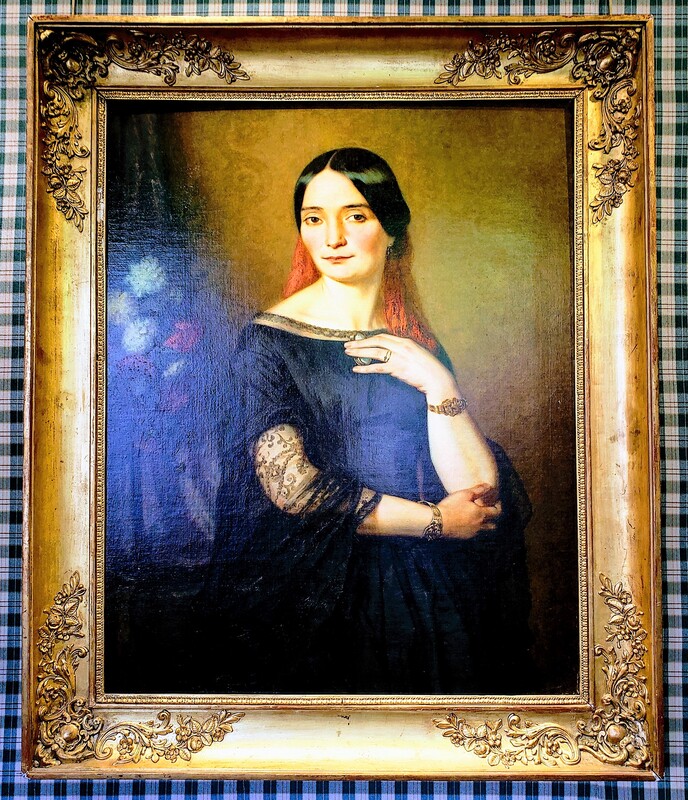

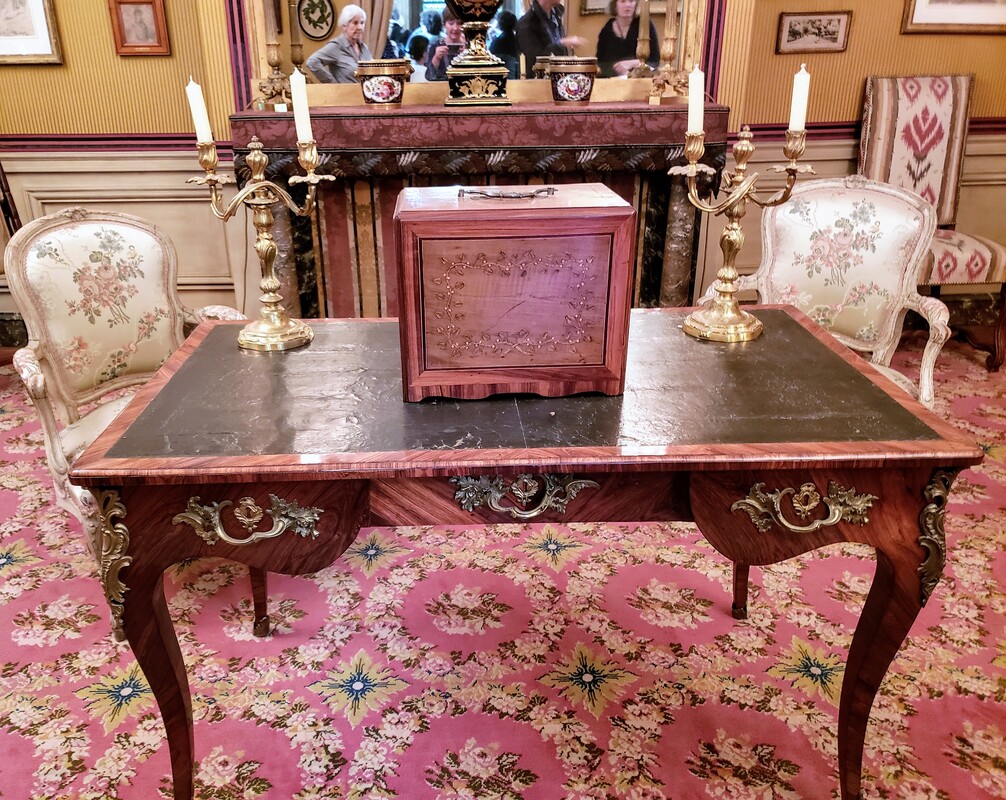



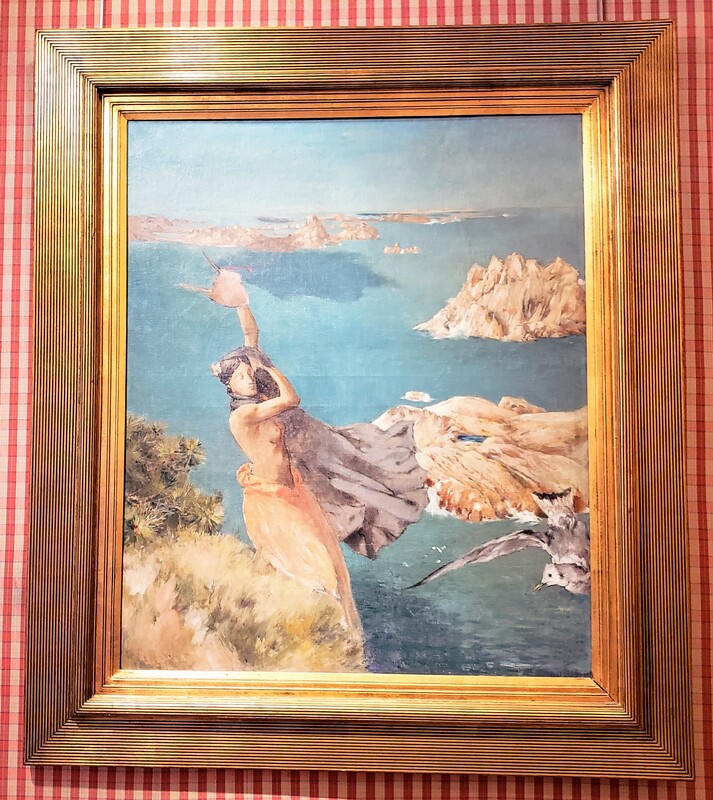

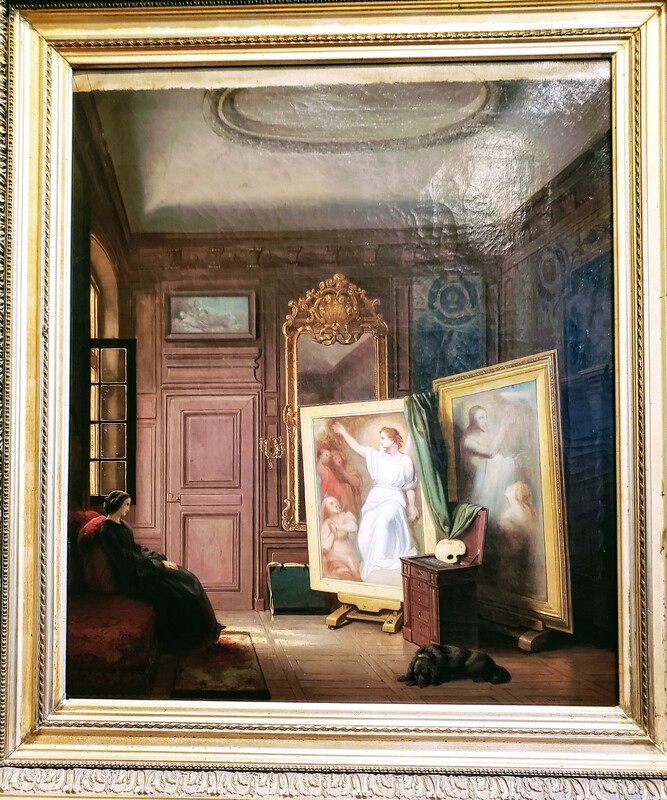
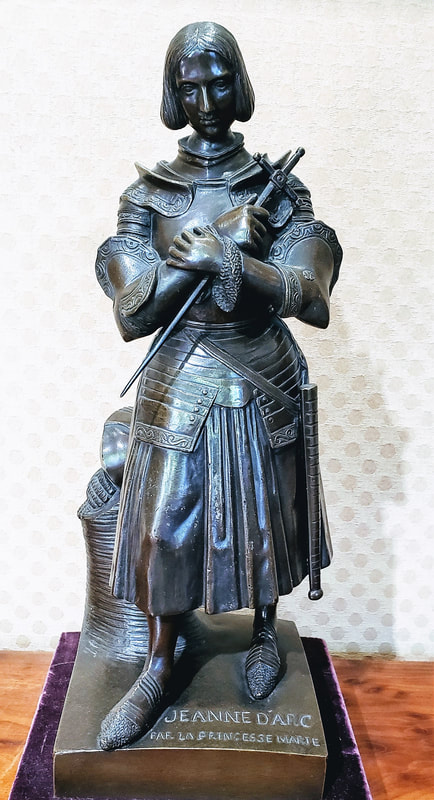


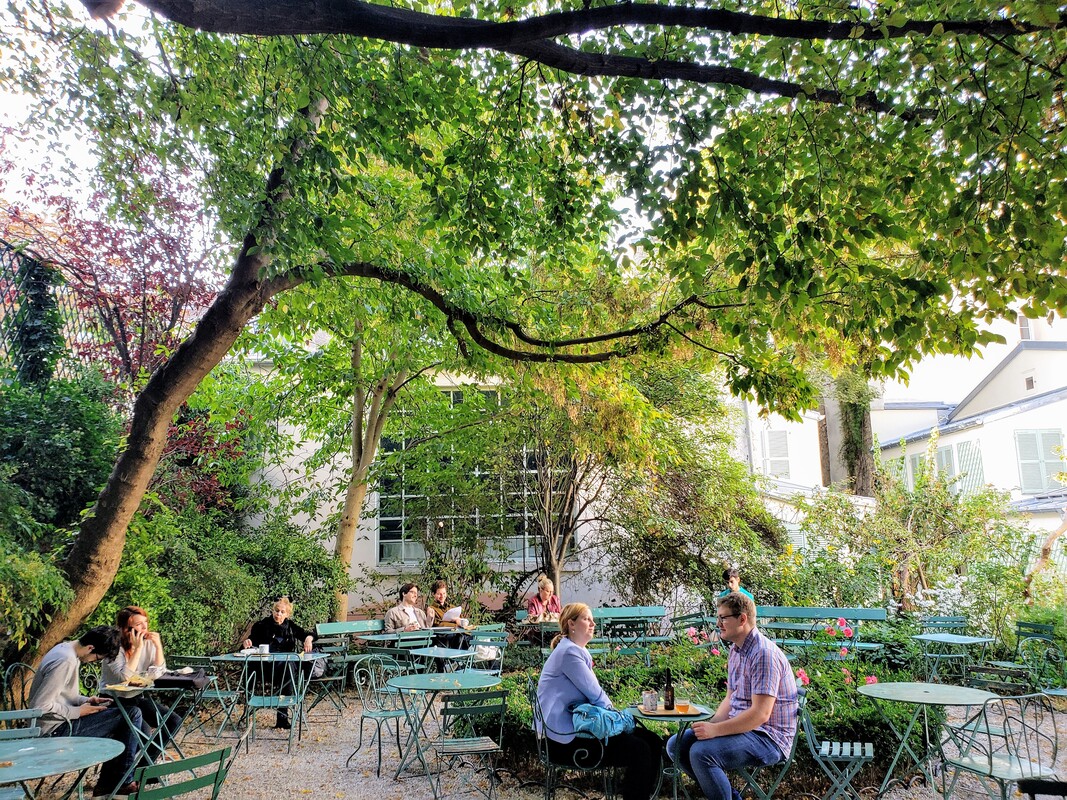
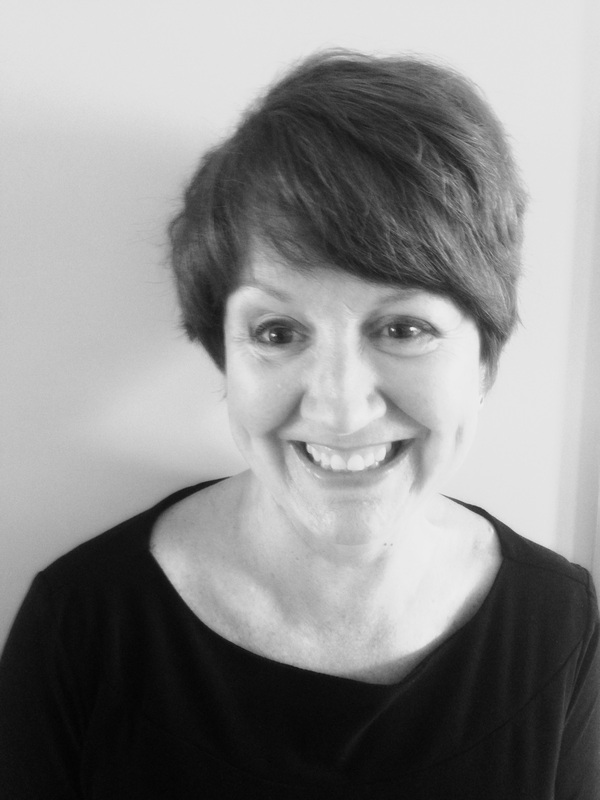
 RSS Feed
RSS Feed
